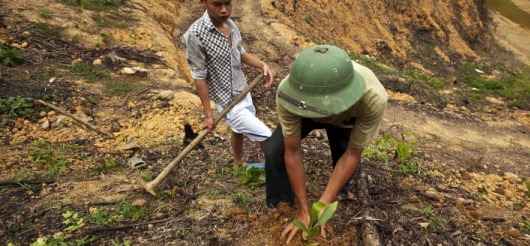
Degradation of forests and landscapes impacts the global climate, and also the food security and livelihoods of communities. Forest and landscape restoration (FLR) is a process which brings stakeholders together to create healthy, resilient and productive landscapes and meet national, regional and global commitments.

This course has been developed to improve the capacity of small-scale producers, their organizations, and small and medium-sized enterprises to access investment and other forms of finance. Facilitating this allows these stakeholders to derive socioeconomic benefits from their participation in forest value chains, and also complements the resources of official channels in contributing to achievement of the Sustainable Development Goals (SDGs).

As countries work to meet their national commitments to restoring degraded landscapes, it is important that all FLR interventions have manageable monitoring systems in place, to assess progress towards specific goals, support adaptive management and ensure transparency...
This course explores how to plan seed and seedling supply for forest and landscape restoration (FLR). This includes the importance of considering seed and seedling origin and genetic quality, the reproductive and supply chain bottlenecks that reduce genetic diversity or adaptive capacity, and ...

To meet countries’ national commitments to restoring degraded landscapes, adequate public and private investments are needed to support the different steps of the FLR cycle. Financing sources are more efficient when used in a coordinated way.

